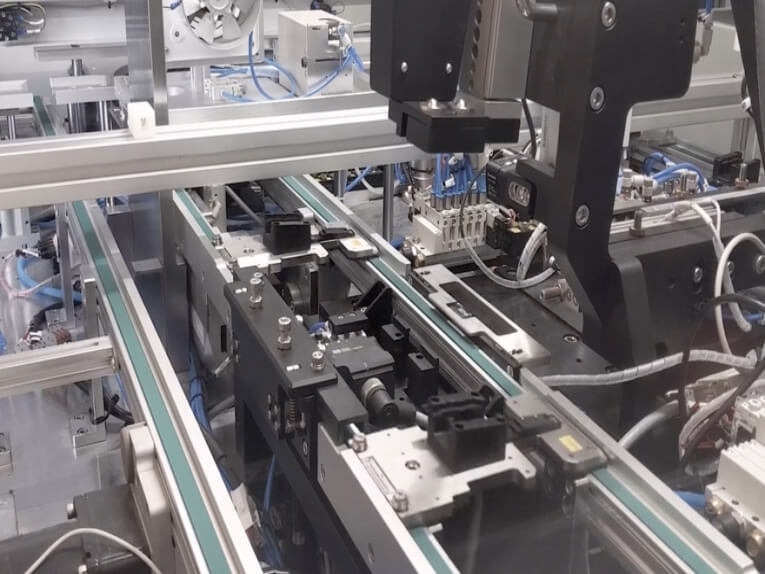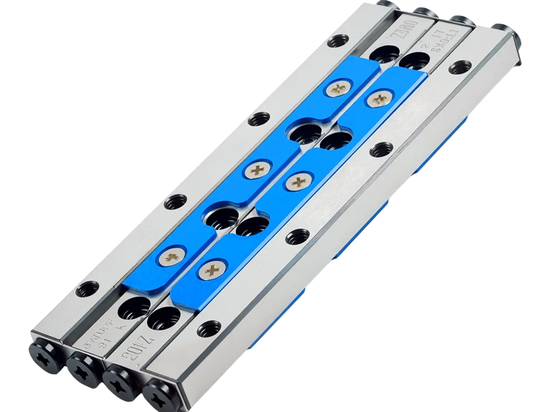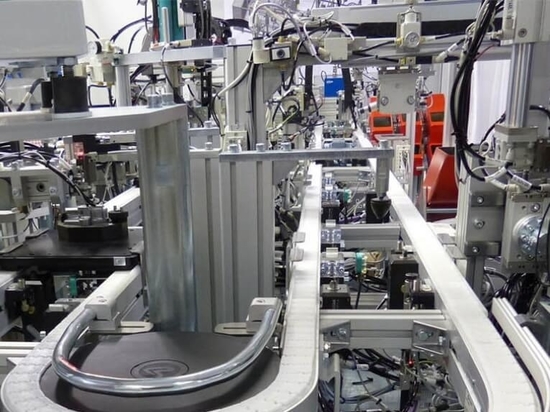
#Industry News
What are Gantry Robots?
Selection and Integration of Linear Positioning Stage.
Advantages and Disadvantages of Robot Gantry
Robot gantries offer several advantages and disadvantages compared to other types of robots or traditional automation solutions. Here are some of the key advantages of robot gantries:
1. High Precision:
Robot gantries can achieve high levels of precision and accuracy in performing complex and repetitive tasks, thanks to their multi-axis movement and advanced control systems.
2. Flexibility:
Robot gantries can be customized and adapted to various applications and work environments thanks to their modular design and programming flexibility.
3. Speed:
Robot gantries can perform tasks at high speeds, which improves overall productivity and reduces cycle times.
4. Safety:
Robot gantries can improve workplace safety by reducing the need for manual labor and minimizing the risk of human error and accidents.
5. Scalability:
Robot gantries can be scaled up or down depending on the production needs, which allows for greater flexibility and cost-effectiveness.
Here are some disadvantages of robot gantries:
1. High Cost:
Robot gantries can be expensive to purchase and install, as well as to maintain and repair over time, which may not be feasible for small or medium-sized businesses.
2. Complex Programming:
Robot gantries require advanced programming skills and expertise to operate and maintain, which may limit their accessibility and adoption.
3. Space Requirements:
Robot gantries require a significant amount of floor space to operate, which may not be feasible for small or crowded workspaces.
4. Maintenance and Downtime:
Robot gantries require regular maintenance and may experience downtime or malfunctions, which can affect overall productivity and increase maintenance costs.
5. Integration with Existing Systems: Robot gantries may require integration with other automation systems or equipment, which can be challenging and require additional resources and expertise.
Overall, robot gantries offer a range of advantages and disadvantages depending on the application and the production needs. While they can provide high precision, flexibility, and speed, they can also be costly and require advanced programming and maintenance skills. It’s essential to carefully evaluate the benefits and challenges of robot gantries before deciding to implement them in a production environment.
Selection and Integration of Robot Gantry
Selecting and integrating a robot gantry into a production environment requires careful consideration and evaluation of various factors. Here are some key factors to consider when selecting and integrating a robot gantry:
1. Application and Environment:
The specific application and environment play a significant role in selecting and integrating a robot gantry. It’s essential to consider factors such as the size and weight of the products, the required precision and speed, and the available floor space and resources.
2. Budget and Cost:
Robot gantries can be expensive to purchase and install, as well as to maintain and repair over time. It’s essential to consider the budget and cost of ownership when selecting and integrating a robot gantry.
3. Compatibility and Integration:
Robot gantries may need to integrate with other automation systems or equipment in the production environment. It’s essential to consider the compatibility and integration requirements when selecting and integrating a robot gantry.
4. Training and Support:
Proper training and support are essential for successfully integrating a robot gantry into a production environment. It’s essential to have access to resources and support from the manufacturer or other experts to ensure optimal performance and efficiency.
Future Prospects of Robot Gantry
The future of robot gantries looks promising, as technology continues to advance and the demand for automation and efficiency increases. Here are some potential future prospects for robot gantries:
1. Increased Flexibility:
Advances in technology and programming may allow for even greater customization and flexibility in robot gantries, allowing them to adapt to a wider range of applications and environments.
2. Improved Safety and Collaboration:
Future developments in sensor technology and control systems may improve the safety of robot gantries and allow for greater collaboration with human workers.
3. Integration with Artificial Intelligence:
Robot gantries may be integrated with artificial intelligence and machine learning technologies to improve their performance, accuracy, and efficiency.
4. Expansion into New Industries:
As technology advances and new industries emerge, the applications of robot gantries may continue to expand, providing new opportunities for automation and efficiency.
Conclusion
Robot gantries have become valuable in many manufacturing and automation systems, providing high precision, flexibility, and safety while performing tasks at incredible speeds. As technology advances and the demand for automation increases, the applications of robot gantries continue to expand, and their benefits are becoming more accessible and affordable to businesses of all sizes.
However, it’s essential to carefully evaluate the advantages and disadvantages of robot gantries before implementing them in a production environment to ensure they are suitable and cost-effective solutions.






